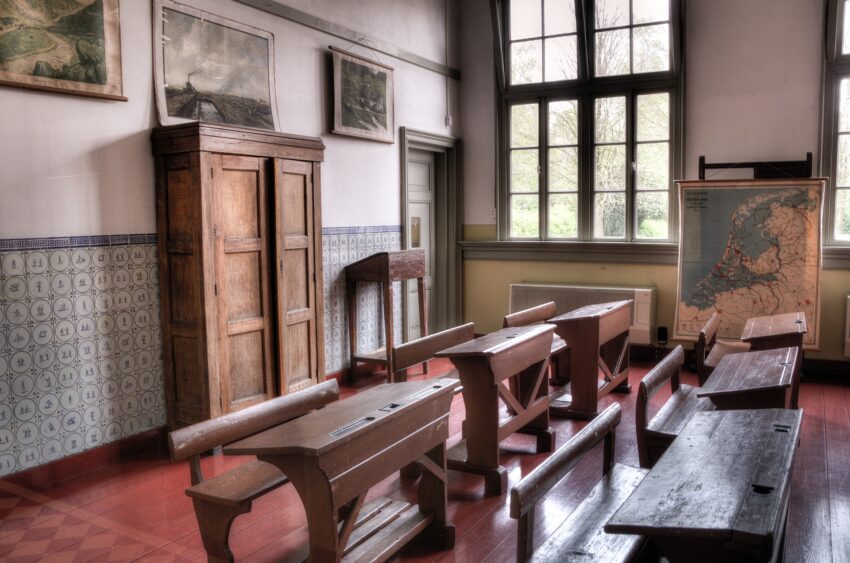Part Two – Planning Futures
Another dominate factor in American culture in the Vietnam War era of the 60s was the education among young adults.
A Turn-a-Key Point in American Culture
1961 began relatively quiet with the Silent Generation of young adults in college. In stark contrast, (of one generation to the next) a Gallup Poll produced and published in (“Saturday Evening Post“) 1961, showed the young adults, not likely to rebel and 80% had no political aspirations. If one was to apply a motto to them it would be, ‘play along to get along’.
Being raised by their parents of the generation before who saw hard work and determination pay off in their lives, going from the Great Depression of the 30s to an economic rebound of the 50s there are those that might see college attendance as a logical progress. However, there wasn’t a great push from society to attend college, nor were the high school students made aware of what college might have to offer them within the decision making process of planing their futures.
Prior to the 1950s, fewer than two of every 10 high school graduates went on to college. When higher education became an important item on the public policy agenda, that transformed the college-choice process for high school graduates. (Lumina Foundation for Education New Agenda Series, Fifty Years Of College Choice: Social, Political and Institutional Influences on the Decision-making Process; pg 5)
“My generation had the illusion that man made himself through his opportunities (Franklin D. Roosevelt); but this era has imposed on our children the belief that man makes himself through his choices”. (Jean-Paul Sartre) (Saturday Evening Post, 03-23-2015, “Was Young America Too Nice in 1961?“)
By 1964, the “Baby Boomer Generation” began reaching college age and undoubtedly contributed to elevated levels of enrollments and degrees in higher education. They chose college rather than going directly to work after graduation, which increased the student population in the 60s. By 1966, partly in response to expansion in the college-going population, the College Board launched its College Level Examination Program (CLEP), which granted college academic credit based on exam performance. The program was designed to help measure learning “no matter where it was acquired” and “would be aimed especially at working men and women, ethnic and racial minorities, the disadvantaged, and the military” (College Board, 1980, p. 11).
The general opinion according to the survey conducted by the Gallup Poll in December of 61, as a young man of Southern Florida put it, “You can be the best educated person in the world, but without a college degree you can’t get a garbage-man’s job.” (Youth Opinions 1961)
However, the college structure of that time was that of conformity as the students hadn’t the right to govern themselves on college campuses and were facing academic tyranny. Not only did the young adults seek out a higher education, they also sought to make reality conform to the promise, that is America.
‘‘. . . [I]t is believed that the most effectual means of preventing [tyranny] would be, to illuminate, as far as practicable, the minds of the people at large, and more especially to give them knowledge of those facts, which history exhibiteth, that . . . they may be enabled to know . . .’’ Thomas Jefferson’s ‘‘Bill for the more general diffusion of knowledge’’ (1779).
They became a voice for change that could be seen, felt and heard all across the country; contributing to the weave in the moral fabric of our society.
###

If this is your first comment, your comment must be manually approved, before it will post. Thank you for your interest.